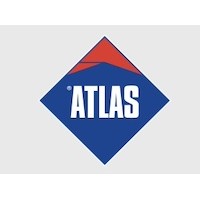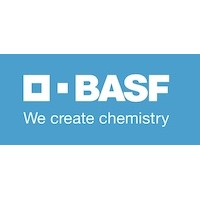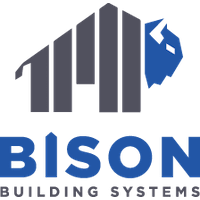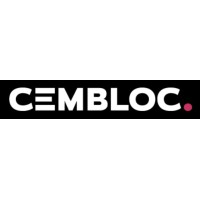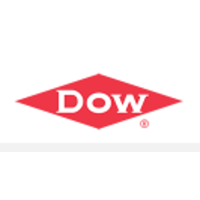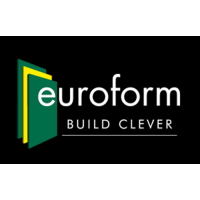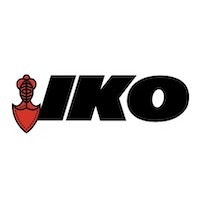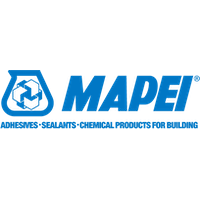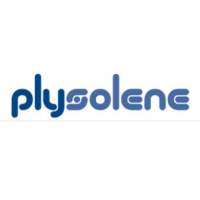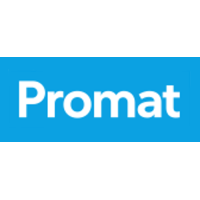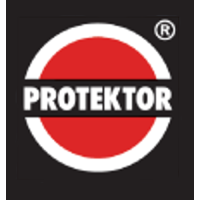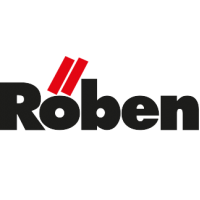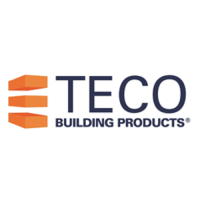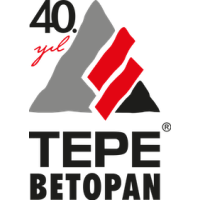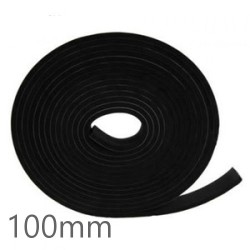37mm JCW Acoustic Deck 37 - Cement Particle based Direct to Joist Board


Guide Price


37mm JCW Acoustic Deck 37 - Cement Particle based Direct to Joist Board
Guide Price: £52.47 (£62.96 inc VAT)
To add to cart change quantity to minimum of 25. If you need less, ask for a price or add to a quote list.
- Product Code: A1-1966
- Delivery Time: 2 - 3 working days
- Brand: JCW (Tech. support: 08453402858)
- Model and Size: 1200x600mm - 0.72m2
- Weight: 25.10kg
Our ratings on 23-04-2025:

4.7 out of 5 - Excellent


4.8 out of 5
37mm JCW Acoustic Deck 37 - Cement Particle based Direct to Joist Board
Width: 600mm
Length: 1200mm
Board Coverage: 0.72m2
Density: 94.3kg/m3
Weight/m2: 32.9kg
Weight: 25.1kg
37mm JCW Acoustic Deck 37, a 15mm resilient acoustic layer laminated to a 22mm T&G cement particle board, designed for fitting direct to joist. Acoustic Deck 37 is specially designed for direct to joist fitment after existing timber floor has been removed. After removing existing timber floors, there is no need to lay a new one, saving money and time. Suitable for both 400mm and 600mm joist centres and ceramic tiling. Non load bearing partitions can be built off the floor.
- An ideal solution where construction heights are a problem,
- Easy to install,
- Suitable for for new flooring systems or upgrades to existing separating floors,
- An economical product for Conversion projects
- Offers good impact sound improvement,
- Deck ready for final floor finish e.g.laminates, carpets and carpet tiles,
- Suitable for both 400mm and 600mm joist centres,
- Non load bearing partitions can be built off the floor

- New build
- Refurbishments
- Domestic upgrade
- On timber joists
- The boards must be dry and acclimatised at least 24 hours prior to installation, this will minimise any expansion or contraction after installation.
- JCW Acoustic Deck 37 must be laid on to flat or levelled joists in the opposite direction of the joists.
- Use tungsten carbide tipped blades for cutting at all times. Particle Board can be drilled using conventional portable drilling machines. It is a wood and cement panel, therefore does not require percussion drilling. It can be sanded using a vibrating sanding machine or belt sanding machine.
- Ensure that the wall surfaces are prepared - plaster skimmed or plaster boarded down to the level of the sub-deck. There shouldn't be any gaps at wall edges.
- Apply 5mm foam flat wall JCW Perimeter Edging Strip or L shaped strips to the base of all perimeter walls allowing approximately 15mm excess foam above the finished acoustic board height. This can later be folded down on top of the acoustic floor surface to isolate the skirting boards.
- Remove any tongues at the wall edges, then cut & scribe the first corner board into place and butt up to the Edging Strip. Do not compress the JCW Perimeter Edging Strip.
- Ensure all T&G board joints must be fully adhesive bonded using a recommended adhesive.
- Proceed with the second and successive rows ensuring that all board joints are staggered. The last row of boards will require accurate cutting & scribing to butt up to the wall.
- Any minor gaps between the JCW Perimeter Edging Strip and the acoustic board must be filled with JCW Acoustic Sealant/Mastic.
- It is imperative that the JCW Perimeter Edging Strip is not compressed in order to maintain acoustic isolation and an allowance for expansion.
- At the door threshold leave a 5mm gap between the adjoining acoustic boards and fill with JCW Acoustic Sealant. If the sub-floor at the doorways is not flat, the acoustic boards may require additional base support to reduce compressive joint movement. Additionally the surface joints could be sanded up to 5mm to level if required.
- The finished floor should not be walked on for a period of up to 24 hours to allow the adhesive to cure undisturbed.
- Ensure that the board joint adhesive has fully cured prior to overlaying any final floor covering.
JCW Acoustic Deck 34 board has been independently tested in a UK Verified independent UKAS accredited laboratory.
Brand: JCW
Model and Size: 150mm - Free Delivery
Delivery Time: 3 - 5 days
150mm JCW Acoustic Isolating Strip is used for preventing sound transfer by isolating partitioning or party walls from ceiling and floorboards and also from joists that the floor is attached to. It can be used in all forms of construction where there is any point of contact. The strip is manufacture..
Brand: JCW
Model and Size: 1000x30mm
Delivery Time: 2 - 3 working days
9mm JCW Impactalay Gripper Strip is an easy fitting device to prevent Impactalay plus from sliding and bunching. The JCW Impactalay plus must be installed alongside rubber JCW Perimeter Strips. It can be used on concrete, timber sub floors and stairs. Easily cut to size and simple to fit Provides a ..
Guide Price: £1.68
£2.02 inc VAT
Brand: JCW
Model and Size: 100mm - Free Delivery
Delivery Time: 3 - 5 days
100mm JCW Acoustic Isolating Strip is used for preventing sound transfer by isolating partitioning or party walls from ceiling and floorboards and also from joists that the floor is attached to. It can be used in all forms of construction where there is any point of contact. The strip is manufacture..
Brand: JCW
Model and Size: 1200mm x 1200mm - 1.44m2
Delivery Time: 2 - 3 working days
27.5mm JCW Silent Board is an acoustic wall liner manufactured by laminating a 15mm acoustic resilient layer to a 12.5mm layer of acoustic grade plasterboard to drastically reduce sound transmission. It can be applied to either masonry or stud walls and is also suitable to reduce flan..
Guide Price: £57.27
£68.72 inc VAT
Brand: JCW
Model and Size: 1200mm x 600mm - 0.72m2
Delivery Time: 2 - 3 working days
15mm JCW ImpactaLay Plus Acoustic Mat is a remarkably cost-effective and one of the quickest and most effective acoustic solutions on the market. It increases airborne sound insulation and reduces impact noise transmission so much that there is no need for the installation of false floors or false w..
Guide Price: £28.84
£34.61 inc VAT
Brand: JCW
Model and Size: 1200x600mm - 0.72m2
Delivery Time: 7 - 10 days
50mm JCW Noise Stopper Pad is an aluminium non-flammable foil covered pad with 2 layers of non-flammable sound absorbing acoustic mineral wool with a mineral loaded sound barrier mat core layer. This sound blocking pad designed to be laid on top of suspended ceiling grid tiles in offices and rooms. ..
Guide Price: £17.05
£20.46 inc VAT






